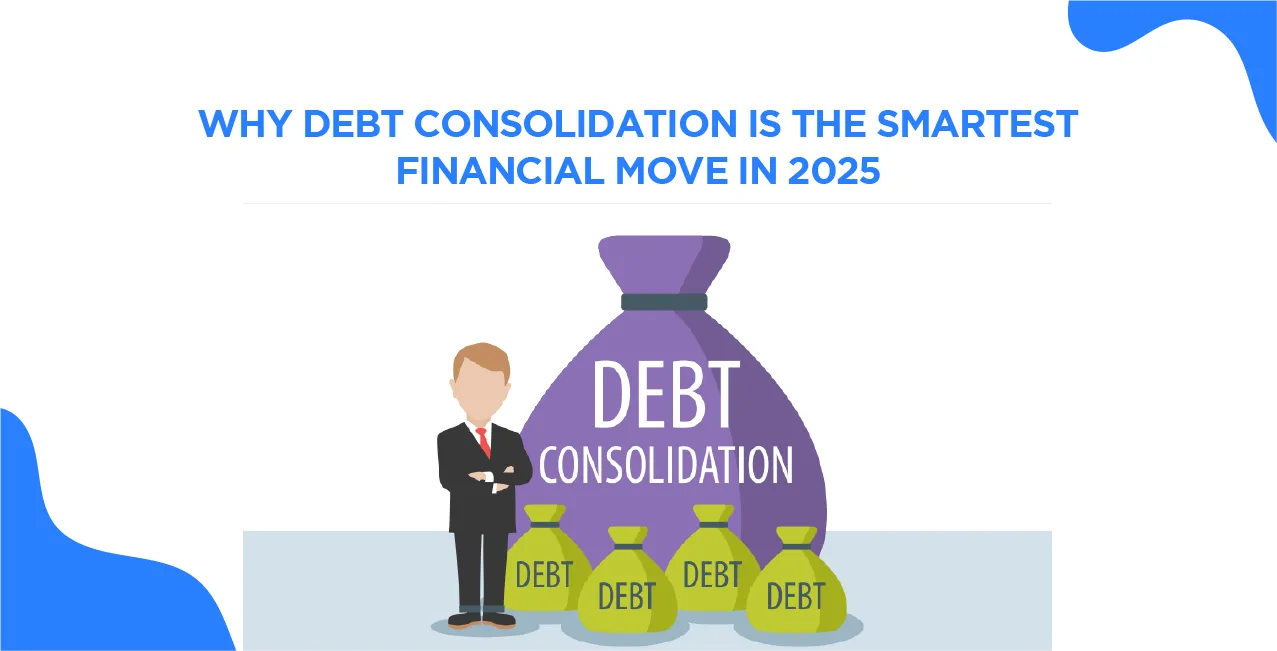
Author
LoansJagat Team
Read Time
6 Min
11 Sep 2025
What is Human Capital? Meaning, Importance & Examples in Economics
Human capital refers to the economic value of a person's skills, knowledge, experience, and abilities. It plays a vital role in determining the productivity and innovation capacity of a nation or organisation.
Take the example of Anjali, a 24-year-old graduate from Lucknow. In 2022, she joined a BPO earning ₹18,000 per month. She invested ₹25,000 in a data analytics course. A year later, she got a job at a fintech startup at ₹55,000 per month. Her decision to enhance her skills increased her human capital, which directly raised her income and employability.
This blog explores human capital, its significance in economics, types, benefits, and its measurable impact through examples and data.
Understanding the Concept of Human Capital
Human capital is the sum of a person’s competencies, education, skills, training, and health that contribute to economic productivity. Unlike physical capital, like machines or buildings, human capital is intangible but equally important for growth.
Anjali's employer valued her ability to interpret large datasets. This skill wasn't visible like a computer or server, but it delivered high economic output. Economists believe nations with better human capital outperform others in terms of innovation, income levels, and GDP.
To better understand where human capital fits in the larger economy, let’s compare it with other major types of capital.
As shown above, human capital creates value through efficiency, creativity, and ideas rather than through tangible output. It is frequently the determining element in how well countries and businesses function economically.
Example: Anjali’s ₹25,000 upskilling led to an annual salary increase of ₹4,44,000.
- Her old salary = ₹18,000 x 12 = ₹2,16,000
- New salary = ₹55,000 x 12 = ₹6,60,000
- Salary increase = ₹6,60,000 – ₹2,16,000 = ₹4,44,000
ROI on her training: ₹4,44,000 / ₹25,000 = 17.76x in one year.
Types of Human Capital
Human capital isn’t just academic knowledge. It includes all traits that improve individual economic performance. This capital is broadly categorised into four types:
- Educational Capital – Formal schooling, degrees
- Health Capital – Physical and mental well-being
- Social Capital – Networking, teamwork, communication
- Skill Capital – Job-specific training and expertise
Importance of Human Capital in Economic Growth
Human capital fuels both individual income and national productivity. Countries investing more in education and health tend to have better GDP growth, lower unemployment, and higher innovation output. It enhances labour quality and reduces dependence on unskilled sectors.
In India, the Human Capital Index (HCI) in 2020 was 0.49, indicating a child born today would be 49% productive as an adult compared to full potential. This highlights the need for better investment in skill development and education.
Example: Anjali’s fintech firm invested ₹12,00,000 to upskill 25 employees. Revenue per employee rose from ₹8,50,000 to ₹11,00,000, i.e., a gain of ₹2,50,000 each.
- Total incremental revenue = ₹2,50,000 × 25 = ₹62,50,000
- At 37% margin, incremental profit = ₹62,50,000 × 37% = ₹23,12,500
- ROI = (₹23,12,500 − ₹12,00,000) ÷ ₹12,00,000 = 92.7%
- Payback period = 6 months
Note: What is HCI? The Human Capital Index (HCI) is a metric by the World Bank that measures the amount of human capital a child born today can expect to attain by age 18, based on factors like survival, education, and health. A score of 1.0 indicates full potential.
Measuring Human Capital: Indicators and Methods
Quantifying human capital is complex but essential for policymaking and organisational planning. Key indicators include:
- Literacy rates
- School enrolment ratios
- Training hours per employee
- Per capita income
- HCI by the World Bank
Governments and firms use these metrics to allocate budgets, plan reforms, and assess long-term outcomes.
Example: In 2023, Rajasthan launched a skilling programme with a ₹500 crore budget. Targeting 1,00,000 youth, the projected income rise is ₹9,000/month per head, equivalent to ₹10,800 crore annually, which is double the state’s investment.
Human Capital vs Physical Capital
While both are important for development, human capital offers better long-term returns. Physical capital depreciates, but human capital can grow through reinvestment in health and education. It is also more adaptive to technology shifts.
Amit, Anjali’s colleague, spent ₹80,000 on a used bike for delivery jobs and earned ₹18,000/month. Anjali spent ₹25,000 on Python training and landed a ₹55,000/month job. In just 3 months, Anjali’s return exceeded Amit’s annual earnings.
Example: A ₹40,000 coding bootcamp helped 3 freshers earn ₹8,40,000 annually each, total income: ₹25.2 lakh. ROI: around 2000% in the first year.
Conclusion: Why Human Capital is the Foundation of Growth
Human capital is not visible on balance sheets but drives all productive outcomes, be it GDP growth, technological advancement, or social equity. For countries like India, investing in people means investing in the future.
Just like Anjali, individuals can uplift their careers through targeted skill development. For governments and organisations, nurturing human capital is the most sustainable path to long-term prosperity.
Frequently Asked Questions on Human Capital
- How does technology affect human capital value?
Technology may either supplement or replace human capital. For example, automation lessens the need for physical skills while increasing the demand for digital and analytical talents. Workers must adapt to stay relevant.
- What role does early childhood development play in human capital formation
A huge one. Cognitive and health development in early years strongly influences future learning outcomes and productivity. Countries like Finland and Japan invest heavily in early education as a strategy to develop human capital.
- How does the government invest in human capital?
Governments invest in human capital by providing free or reduced-cost education, public healthcare, and skill development programs such as vocational training, scholarships, and digital literacy initiatives. For example, India's PMKVY (Pradhan Mantri Kaushal Vikas Yojana) attempts to increase employment by providing youth with industry-relevant skills.
- What are the risks and disadvantages of investing in human capital?
While investing in human capital can have long-term benefits, there are some hazards, including brain drain, skill mismatches with market demand, and underemployment. Furthermore, returns may be uncertain if industry demands change, emphasising the importance of continuous learning and adaptability.
About the Author

LoansJagat Team
‘Simplify Finance for Everyone.’ This is the common goal of our team, as we try to explain any topic with relatable examples. From personal to business finance, managing EMIs to becoming debt-free, we do extensive research on each and every parameter, so you don’t have to. Scroll up and have a look at what 15+ years of experience in the BFSI sector looks like.

Quick Apply Loan
Subscribe Now
Related Blog Post


